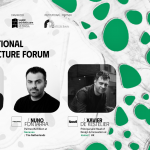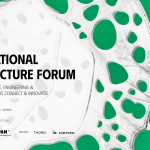Post Pandemic Architecture
By Habibeh Madjdabadi
The world is changing, changes that disrupt previous relationships and naturally change the future of the city and architecture. Today, architects face some of these changes and prepare themselves for the future. This is a pause that suddenly stops the world and attempts to disrupt many definitions.
I think it’s time for architects to emerge in their historical role as planners and, as they have accepted this role at various stages of history, it is time to start theorizing the conditions of being and acting in the vague future.
In the current situation, the question of survival has once again become the first concern of mankind, The city and public spaces have lost their function, and homes have become a safe haven to protect mankind from external dangers. The house once again re-established its pre-historic function as a refuge. The idea of architecture as a safe haven is certainly not new, and it may be reminiscent of the Archigram’s hypothetical meta-projects of the 1960s.
Projects such as Walking City and Living Pod can be seen as a response to the world’s concerns of the 1960s: concerns about the Vietnam War, the Cold War, and the fear of Atomic weapons …. which made the issue of survival a public concern like it is today.
How do architects play their historical role today?
What is the vision of the future of the city and architecture?
What is the mission of the architects in this new era?
Post Pandemic Architecture
Call for futuristic visions toward architecture and the city during the pandemic condition
Since the Paleolithic era human being has been engaged in three basic activities: survival, satisfying primary needs and recently taking care of desires. Today we are facing a situation in which the main concern of the people is turned to the primordial instinct of survival. People invade supermarkets for procuring food and chemicals for killing a virus which is threatening human existence. The emergency condition that has obliged billions of people to pass weeks or even months at home, in quarantine conditions, has changed our perception of time and space.
In this new form of living, we are forced to change many habits, including being isolated at home, spending hours to disinfect our homes and reducing the social and physical contacts to a minimum. But we are social animals, and we need to communicate with our fellow creatures. We can see, in the Italian cities, some people go to the terrace for dancing or playing music. In Tehran, during the night, people pass the time behind the windows or in terraces for communicating with each other by turning on the lights and playing loud music. The fact is that we need to maintain a certain level of our social life, physical activity, work, and to have a good time, in a new way.
In Iran, the house has always been a refuge (chahardivari), but today, the whole world is dramatically about staying at home. The main questions are the followings: In case the current situation persists for a long time, how should be the settlements of the future? How will people react to such an insecure world? What impact will these changes have on the public spaces such as, streets, squares, shopping malls, cinemas, museums and on their external appearance? How would be the dwellings of the future? What will be the function and the shape of windows, terraces, balconies, … as the only means of possible real communication with the outside world and people.
I used this introduction to invite all of us to design for a hypothetical apocalyptic scenario caused by a series of pandemics persisted over the years. We need to Imagine any new feasible solutions for dwellings, educational facilities, working place and urban spaces. Anyone is free to propose the kind of space or location that can be better use for showing the in question idea. I would like to collect and share with everybody all these futuristic proposals. This will be an occasion to reflect on the future of humanity that will not be the same after the end of Coronavirus crisis.
Architecture as a safe haven for survival is not a new idea. The radical concept of walking cities by Ron Herron (Archigram Group) and Geodesic Dome over the New York City by Buckminster Fuller had a similar motivation.
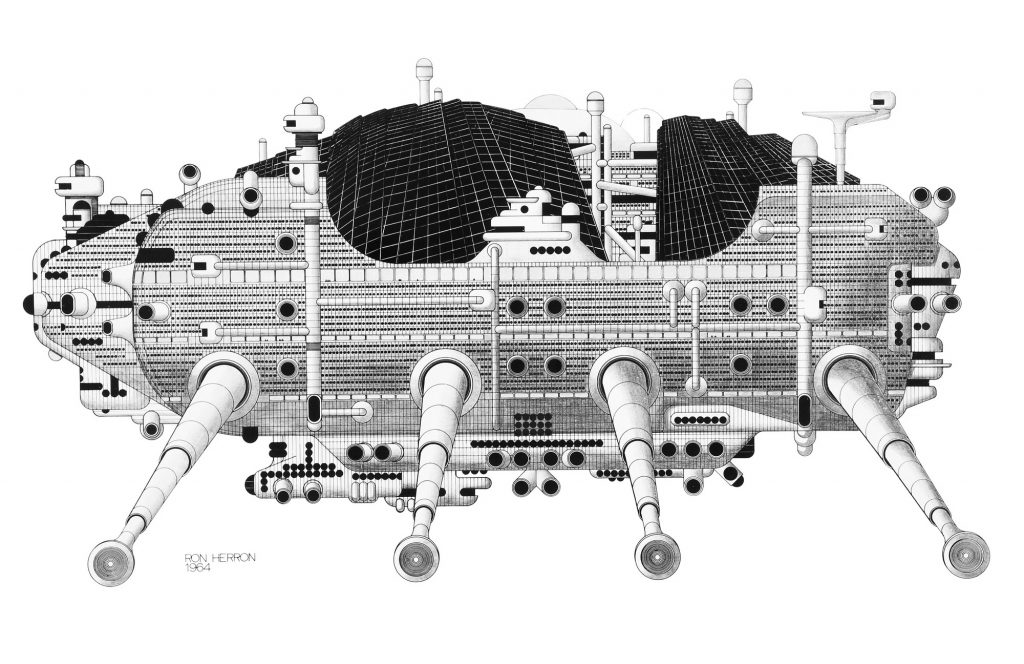
In the current situation, many artist and architects have closed their offices and workshops for an undefined period. Today we can individually, participate in a collective effort for developing fresh concepts for the changing habitats. I will use the story section of my Instagram page to display any work sent to me and invite Iranian and International architects and artists to produce and share their ideas as well. Currently, the art galleries, exhibitions, and showrooms are closed, and the cyberspace is the only and the most efficient platform for displaying the submissions. In addition, all the works produced by this call will be collected on a separate page called Pandemitecture to be accessible as a collection. Even if these products are purely critical and not responsive, they are useful when asking the right question. I hope the synergy of the people who adhere to this idea will enrich our though and vision about the future.
Please send your designs as an image with a few lines of explanation to the email address share@abplusevents.com.
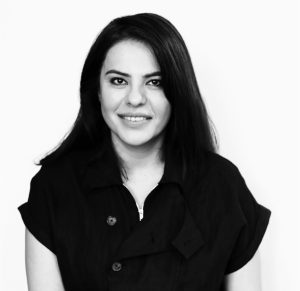
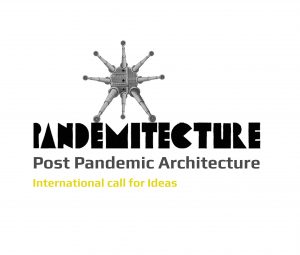
HABIBEH MADJDABADI is also appreciated for her original and stirring articles about architecture and design. Many of them appeared on the most influential Iranian architectural magazine, called MEMAR with which she is collaborating as a member of the editorial board since 2002. She has held numerous lectures around the world including Italy, Austria, Greece, Serbia, Bulgaria, Bosnia, Albania. Her work has been exhibited in Venice Biennale, TU Vienne University and Melbourne University.
Follow on Instagram


